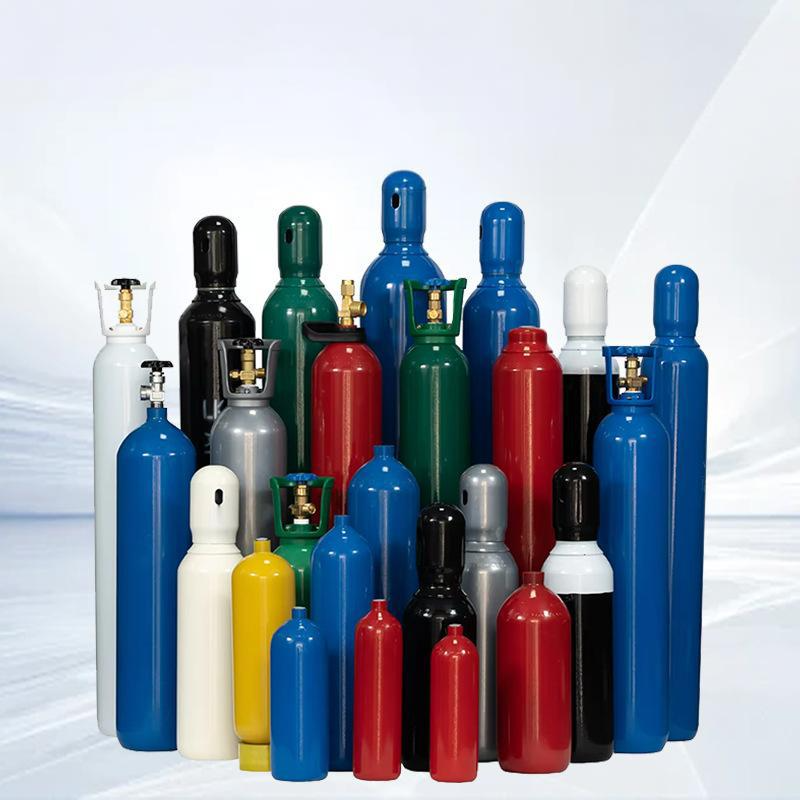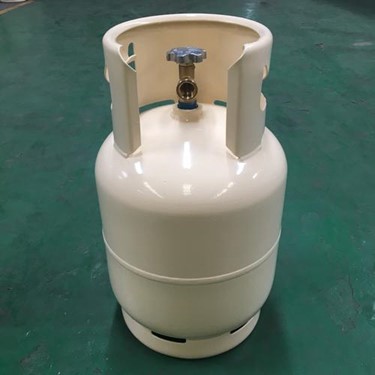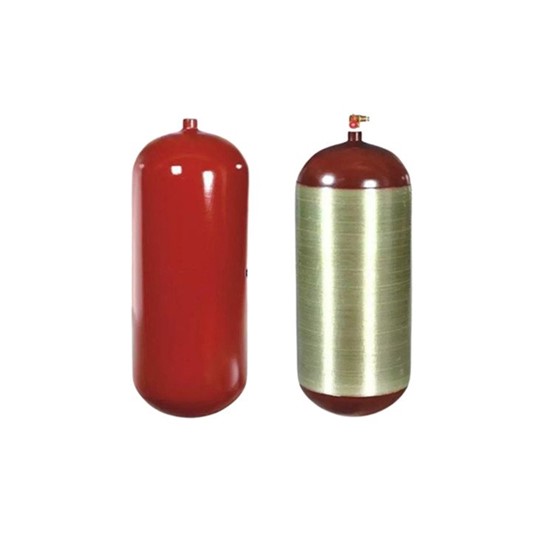Detailed Explanation of Material Classification for Seamless Gas Cylinders
Based on the difference in manufacturing materials, seamless gas cylinders can be divided into the following main types. Significant differences exist among various types of cylinders in terms of manufacturing processes, material properties, and application scenarios. The specific classification is as follows:
1. Steel Seamless Gas Cylinders
Steel seamless gas cylinders are manufactured using high-quality steel billets or seamless steel pipes as the base raw materials, through stamping and stretching processes or hot-spinning necking and bottom-closing processes. The material for the cylinder body is killed steel smelted in basic open-hearth furnaces, electric furnaces, or oxygen-blown basic converters. Common materials include high-quality carbon steel, manganese steel, chromium-molybdenum steel, and other special alloy steels. These materials possess excellent pressure-bearing performance and structural stability.
Due to their reliable pressure resistance, steel seamless gas cylinders are mainly used for containing permanent gases (i.e., compressed gases) and high-pressure liquefied gases, and are widely applied in fields such as industrial production and energy supply.

2. Steel Welded Gas Cylinders
Steel welded gas cylinders use steel plates as raw materials, which are formed by stamping and then manufactured through roll-welding processes. The material for the cylinder body and pressure-bearing components is also killed steel, which needs to be smelted and processed in open-hearth furnaces, electric furnaces, or oxygen converters. The core materials are required to have good stamping formability and welding compatibility to ensure the sealing performance and structural strength of the welded joints.
Compared with steel seamless gas cylinders, their pressure resistance level is relatively lower. They are mainly suitable for containing low-pressure liquefied gases and are commonly used in scenarios such as civil gas supply and small-scale industrial gas supply.

3. Filament-Wound Glass Fiber Gas Cylinders
Filament-wound glass fiber gas cylinders (some reinforced with carbon fiber) adopt a composite structure design. They usually use an aluminum inner cylinder as the airtightness guarantee layer, and the outer part is wrapped with glass fiber and adhesive to form a pressure-bearing reinforcement layer. The pressure-bearing strength is mainly borne by the wound outer cylinder. This composite structure endows them with both excellent thermal insulation performance and lightweight advantages, significantly improving portability during use.
This type of gas cylinder is mostly used for containing compressed air for breathing, mainly serving scenarios such as fire rescue, operation in toxic and harmful areas, and construction in oxygen-deficient environments. It is carried by operators on their backs and used with breathing masks. In terms of specification parameters, their volume is usually small, generally ranging from 1 to 10 liters, and the inflation pressure is relatively high, mostly between 15 and 30 MPa, to meet the gas supply demand for long-term operations.

